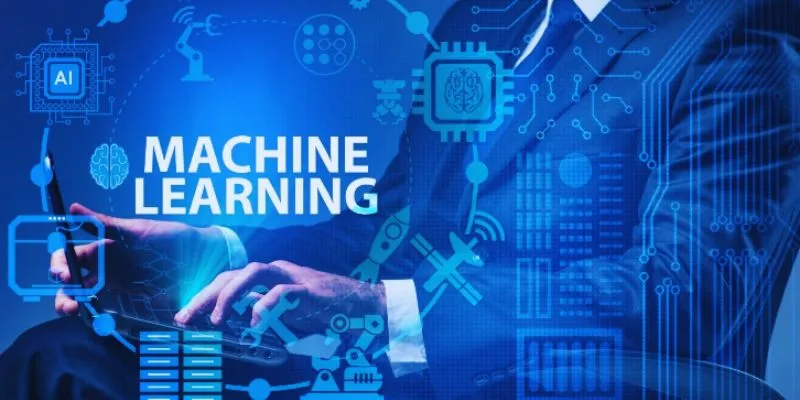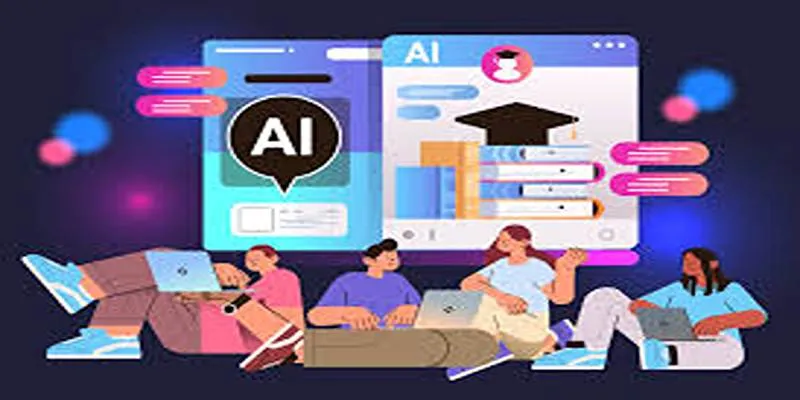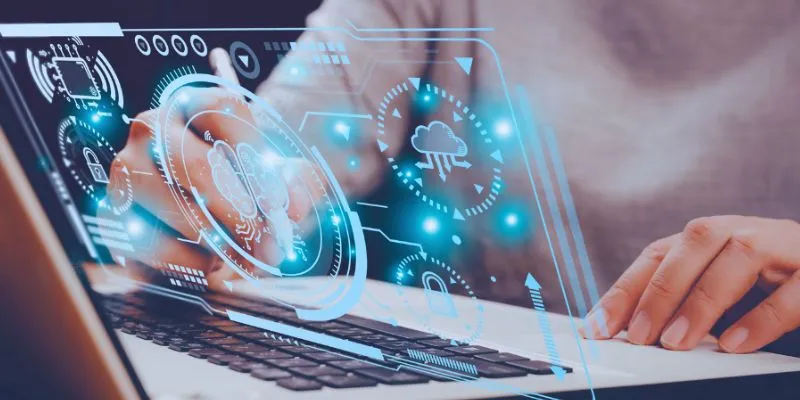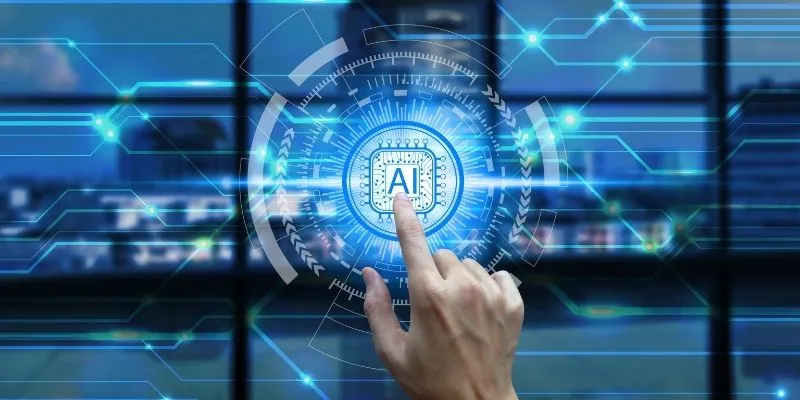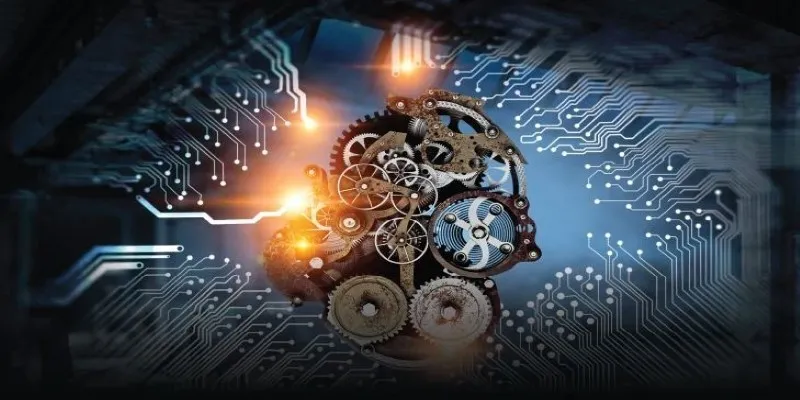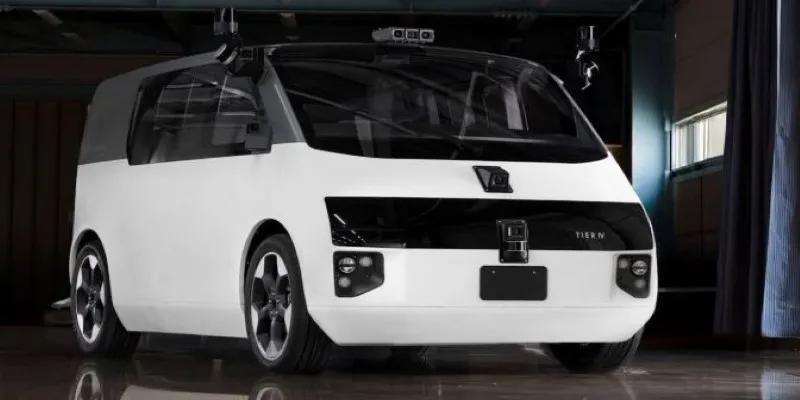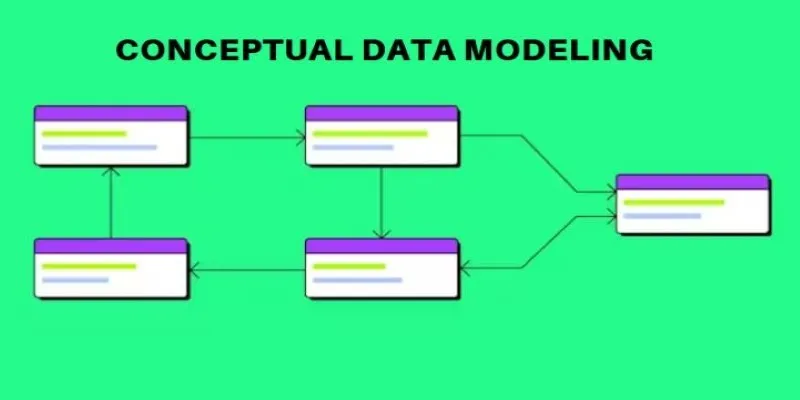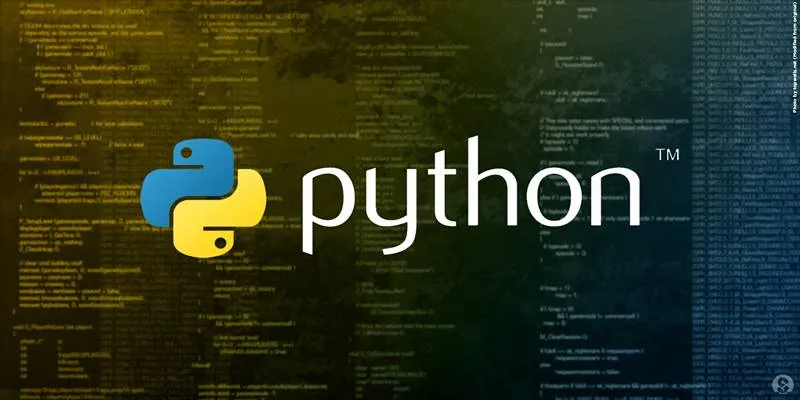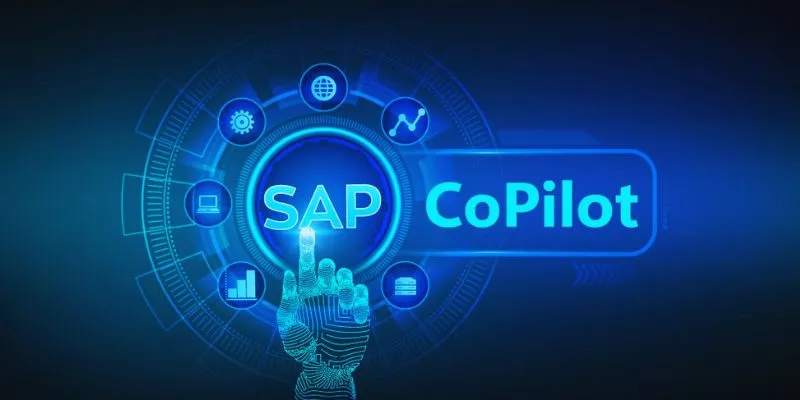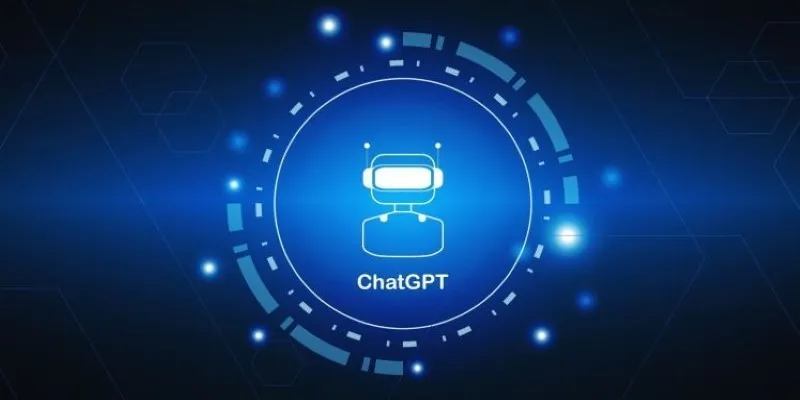Deep learning, a cutting-edge subset of artificial intelligence, is transforming industries beyond just the tech giants. From healthcare to agriculture, its prowess in data analysis, pattern recognition, and complex problem-solving is paving the way for unprecedented innovations. This swift adoption shows that deep learning’s transformative power extends to diverse fields, including education, finance, and transportation.
Deep Learning in Agriculture
The agricultural sector is harnessing deep learning to address significant, real-world challenges. Traditional farming methods are now enhanced by sophisticated, data-driven technologies that boost crop yields and improve resource efficiency.
Smart Crop Monitoring and Early Disease Detection
Deep learning systems trained on extensive image data can identify plant diseases at their earliest stages. By analyzing images from drones or mobile devices, these systems help farmers detect diseases early, preventing their spread and reducing reliance on chemical pest control.
Accurate Yield Predictions and Optimized Soil Management
Neural networks process satellite imagery and ground-based datasets to deliver highly accurate yield predictions. By modeling soil characteristics, they provide optimized recommendations for fertilizer and irrigation, enhancing economic efficiency and maximizing results.
Enhanced Livestock Management
Deep learning tools are revolutionizing modern livestock care. By evaluating video and sensor data, these systems assess livestock health, recognize abnormal behaviors, and monitor mating times. This reduces the need for continuous human oversight, improving operational efficiency and animal care standards.
Deep Learning in Manufacturing

Deep learning is transforming manufacturing through advancements in automation, predictive analytics, and quality control.
Enhanced Defect Detection and Quality Assurance
Deep learning-powered systems enable computer vision technologies to efficiently inspect products for defects. These systems operate faster and more consistently than human inspectors, ensuring high-quality outcomes while reducing resource waste.
Proactive Predictive Maintenance
By analyzing historical machinery data, deep learning models anticipate component failures before they occur. This proactive approach minimizes unplanned downtime, lowers maintenance costs, and extends the lifespan of essential equipment.
Streamlined Workflow Optimization
Deep learning tools optimize supply chains by accurately forecasting demand, inventory needs, and production schedules. These insights help manufacturers avoid overproduction, reduce inefficiencies, and align operations with current market demands.
Deep Learning in Environmental Science
Deep learning is revolutionizing environmental science, providing powerful tools for conservation, sustainability, and climate initiatives.
Climate Modeling and Forecasting
By analyzing complex meteorological data, deep learning models deliver highly accurate climate predictions. These insights help researchers understand long- term climate patterns and develop strategies to address global challenges effectively.
Wildlife Monitoring and Conservation
Neural networks trained on camera trap and acoustic recording data are transforming wildlife conservation. They can identify species, monitor population trends, and detect poaching threats, enabling efficient and targeted conservation efforts in remote areas.
Waste Management and Recycling
Automated waste sorting systems powered by deep learning enhance recycling efficiency. By recognizing materials based on attributes like shape, color, and texture, these systems reduce waste stream contamination and improve recycling accuracy.
Deep learning is a crucial force in advancing environmental science, driving significant progress in protecting our planet.
Transforming Learning with Deep Learning
Deep learning is revolutionizing education by enabling personalized learning experiences and intelligent tutoring systems.
Adaptive Learning Platforms
Adaptive learning platforms, powered by deep learning algorithms, customize content and pacing based on each student’s performance. By analyzing factors like response accuracy and time spent on tasks, these systems adjust in real- time to maximize learning outcomes.
Automated Grading and Feedback
Natural language processing (NLP) models streamline grading and feedback processes. From evaluating essays to suggesting grammar improvements and assessing problem-solving steps in math, these tools save educators time while providing detailed feedback to students.
Assistive Learning Tools
Deep learning-powered tools like speech-to-text and text-to-speech applications enhance accessibility for students with learning challenges. These innovations support individuals with dyslexia, speech impairments, and visual impairments, promoting greater inclusivity and empowerment in the classroom.
Transforming Diagnostics and Patient Care with Deep Learning
Deep learning is revolutionizing healthcare, improving the quality of care in hospitals, research institutions, and smaller clinics.
Advanced Medical Imaging and Diagnostics
Deep learning, especially convolutional neural networks, is trained to detect abnormalities in medical imaging, including X-rays, MRIs, and CT scans. These AI-driven tools support physicians by delivering faster, more precise diagnoses, reducing errors, and enabling timely treatments.
Intelligent Patient Monitoring and Early Alerts
Deep learning models continuously analyze data from wearable devices and hospital sensors, monitoring patients in real-time. By detecting critical health changes early, these systems provide timely alerts, allowing medical staff to intervene quickly and improve patient outcomes.
Accelerating Drug Discovery and Genomic Research
In research, deep learning accelerates drug discovery by modeling molecular interactions and identifying potential treatments more efficiently than traditional methods. Open-source deep learning tools empower smaller research teams to harness these capabilities, driving innovation at every level.
Deep Learning in Transportation and Logistics
Beyond ambitious autonomous driving projects, deep learning is transforming logistics and transportation for businesses and municipalities, offering smarter, more efficient operations.
Route Optimization
Delivery services leverage deep learning to map the most efficient routes, considering traffic, weather, and customer availability. This not only speeds up deliveries but also minimizes fuel consumption, providing cost savings and environmental benefits.
Demand Forecasting
Logistics companies use advanced prediction models to anticipate demand, enabling better vehicle allocation, streamlined workforce scheduling, and reduced idle time, resulting in lower operational costs and improved resource efficiency.
Safety and Driver Monitoring
Deep learning-powered in-vehicle systems revolutionize driver safety. Embedded cameras detect fatigue or distraction, issuing real-time alerts to prevent accidents. Once exclusive to large operations, these safety tools are now accessible to fleet operators of all sizes, enhancing road safety.
Energy and Utilities

Deep learning is revolutionizing the energy and utilities sector, enabling providers to optimize infrastructure and forecast demand with unparalleled accuracy.
Smart Grid Management
Energy companies use deep learning to predict usage spikes and create real- time distribution models, ensuring balanced loads across power grids. This minimizes blackouts and enhances service reliability, delivering a more stable energy supply.
Equipment Monitoring in Power Plants
By analyzing sensor data from turbines, transformers, and pipelines, deep learning models identify anomalies and inefficiencies early. These insights help prevent outages, extend equipment lifespan, and improve operational efficiency.
Renewable Energy Forecasting
The unpredictable nature of solar and wind energy poses challenges for grid integration. Deep learning addresses this by accurately forecasting energy output based on environmental factors, enabling better storage management and seamless grid integration strategies.
Conclusion
The rise of open-source frameworks, cloud-based infrastructure, and pre- trained models has significantly reduced the barriers to adopting deep learning. This democratization empowers industries beyond big tech to unlock its transformative potential for innovation, efficiency, and problem-solving. From boosting agricultural yields and advancing medical diagnostics to streamlining supply chains and aiding conservation efforts, deep learning is reshaping possibilities across a wide range of sectors.
 zfn9
zfn9

